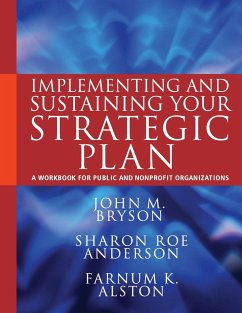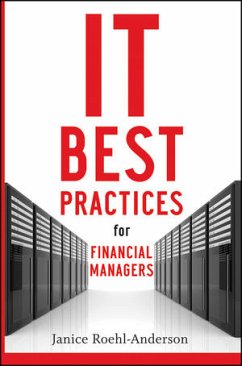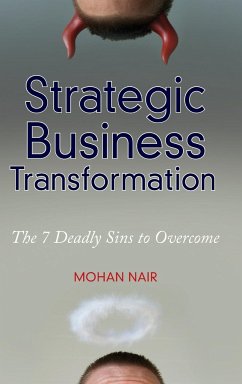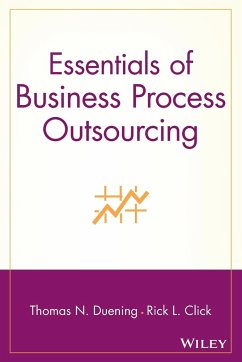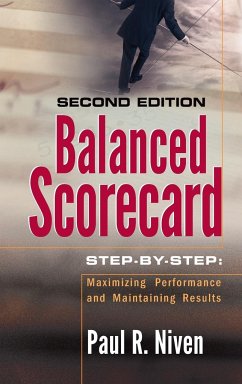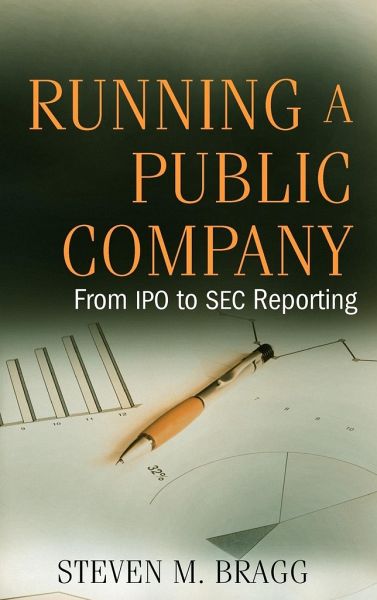
Running a Public Company
Versandkostenfrei!
Versandfertig in über 4 Wochen
112,99 €
inkl. MwSt.
Weitere Ausgaben:

PAYBACK Punkte
56 °P sammeln!
Running a Public Company describe the concepts behind each securities law, and builds a compliance structure for it that itemizes specific policies, procedures, controls, forms and reports. Laws and regulations covered will include securities registration, mergers and acquisitions, initial public offerings, state blue sky laws, proxy statements, tender offers, insider reporting, and fair disclosure.





